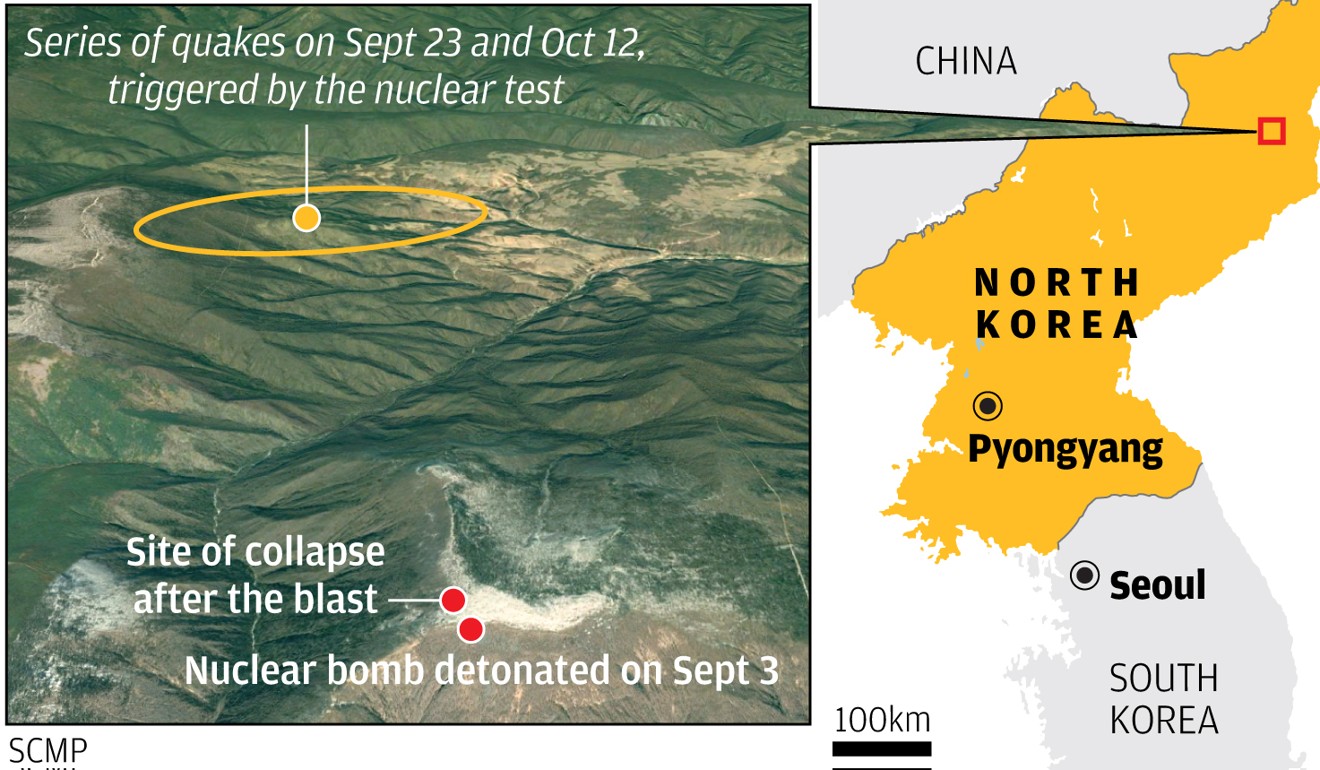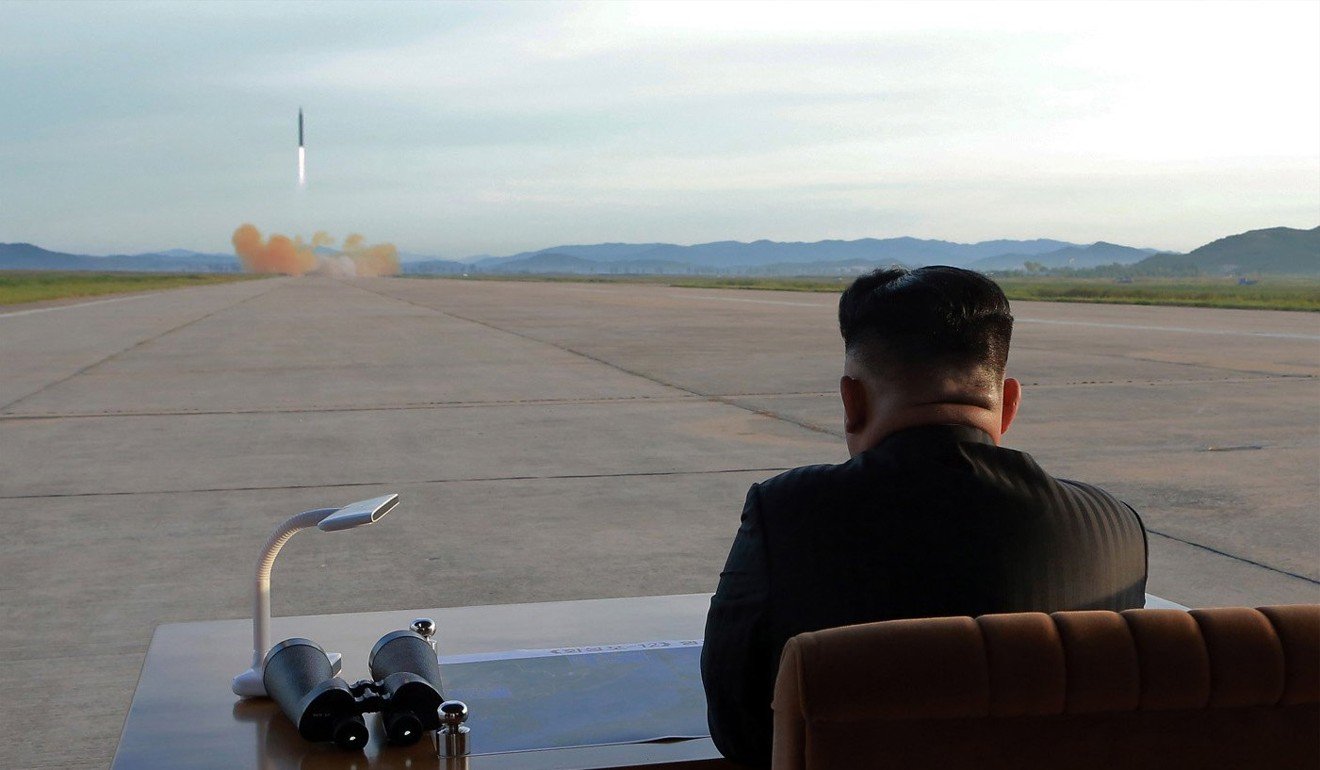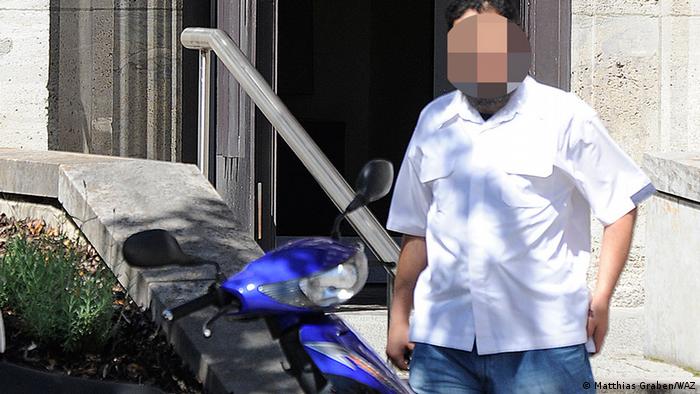So, who was Valeriy Kostikov? It is said he was Lee Harvey Oswald’s KGB handler. 
In part from McClatchy: In 1975, just three years after the nearly 50-year reign of FBI Director J. Edgar Hoover came to an end, the bureau looked into rumors that Oswald had penned a threatening note to the FBI office in Dallas shortly before the assassination. No records were found, but Dallas agents said that Oswald had indeed left a threatening handwritten message.
Congressional investigators established that Hosty’s boss, Gordon Shanklin, demanded that he rip up the letter and flush it down the toilet — reportedly under orders from Hoover, who was incensed that the Dallas office had embarrassed the agency by not seeing Oswald as a threat. The former Marine had defected to the Soviet Union, but returned a few years later.
The report by Hosty to headquarters, with little held from public view on Thursday, makes clear that Hosty did tell FBI bosses that Oswald was violent and had been living and working as a maintenance man in New Orleans before moving to Dallas in the spring of 1963. And it confirms Oswald was under surveillance at the time of the assassination.
Another Hosty document, which also had been partially released earlier, has Hoover gushing praise for Hosty in 1971 for work he did as a field agent in Kansas City.
“Your performance relative to a matter of considerable importance to the Bureau in the security field is worthy of praise and warrants commendation,” Hoover wrote.
Thursday’s new documents offer nothing more on Earle Cabell, the mayor of Dallas at the time of assassination. A single document among the roughly 35,000 released last year showed that he’d been listed in CIA files as an asset, an explosive revelation. Cabell’s brother Charles had been a top CIA leader until a year before the killing.
The documents do, however, fill in some blanks about a Soviet Embassy official in Mexico City who met with Oswald weeks before the assassination. Over the decades Oswald’s meetings in Mexico City with the Cuban and Soviet embassies, purportedly to get a visa to Cuba in hopes of returning to the Soviet Union, have gradually been revealed.
One of the Soviets he had contact with was Valeriy Vladimirovich Kostikov. Little was known about his role, but the CIA confirmed to the original assassination investigators that Kostikov was likely part of the feared Department 13 assassination unit of the Soviet spy agency, the KGB.
It is now known that, at minimum, Oswald had phone conversations while in Mexico with Kostikov. Among the further-released documents Thursday were references to Kostikov being “Oswald’s KGB handler.”
That’s found in a May 1982 memo from what appears to be an unidentified foreign intelligence agency or U.S. asset in the Middle East asking longtime CIA Soviet Division leader David Blee about Kostikov. The questioner notes that the Soviets were behind increased harassment of foreign embassies in Beirut — less than a year before a truck bomb leveled the U.S. embassy there, killing 241 U.S. marines and military personnel.
“The reason for our interest in KOSTIKOV will be obvious,” writes the official to Blee. That document was one of more than 15,000 that Thursday were left with some form of partial redaction.
A number of documents relating to the Miami-based anti-Castro group Alpha 66 were included in Thursday’s release, as well. One curious one, dated February 1971, documents how the group outsmarted the FBI a year earlier. The FBI had raided its Miami offices and taken files.
“Apparently Alpha 66 had duplicates hidden because today duplicates of the files which the FBI removed are in their filing cabinets,” the memo from the CIA noted.
Alpha 66 had been headed by Antonio Veciana, who still resides in Miami and is elderly and in frail health. In an interview with McClatchy last year he reasserted that a top CIA Latin America official, David Atlee Phillips, had been working with Oswald to overthrow Cuban leader Fidel Castro. His implication was that Oswald was trained to take out Castro but turned on Kennedy.
Another Miami-related document quotes an American journalist who had been imprisoned in Cuba in 1963 as hearing from a fellow prisoner that Jack Ruby, who killed Oswald just days after the Kennedy assassination, had frequented Cuba and had mafia ties on the island.
*** As an aside, Jack Ruby was a close friend of Santo Trafficante, a mafia mob boss based in Tampa with substantial investments in Cuba. The mob was called upon by Joe Kennedy to help deliver votes for JFK and that request was granted and successful. When President Kennedy named his brother, Robert as the Attorney General, Bobby took up the mission to destroy the mob and this infuriated Trafficante and other mob bosses. Prior to this, the mafia was brought in by the CIA to plot the overthrow or assassination of Fidel Castro.  photo
photo
New Group of JFK Assassination Documents Available to the Public
Press Release · Thursday, April 26, 2018
WASHINGTON —
In accordance with President Trump’s direction on October 26, 2017, the National Archives today posted 19,045 documents subject to the President John F. Kennedy Assassination Records Collection Act of 1992 (JFK Act). Released documents are available for download. The versions released today were processed by agencies in accordance with the President’s direction that agency heads be extremely circumspect in recommending any further postponement.
The John F. Kennedy Assassination Records Collection, established by the National Archives in November 1992, consists of approximately five million pages. The vast majority of the collection has been publicly available without any restrictions since the late 1990s. As permitted by the JFK Act, agencies appealed to the President to continue postponement of certain information beyond October 26, 2017. The President provided agencies with a temporary certification until April 26, 2018 to allow for a re-review of all documents withheld in full or in part under section 5 of the JFK Act and directed agencies to “identify as much as possible that may be publicly disclosed” and to be “extremely circumspect in recommending any further postponement.”
Based on reviews conducted by agencies in accordance with the President’s direction, the National Archives released 3,539 documents on Dec. 15, 10,744 documents on Nov. 17, 13,213 documents on Nov. 9, and 676 documents on Nov. 3 of last year. The 19,045 documents released today represent the final release of documents in accordance with the President’s direction on October 26, 2017.
All documents subject to section 5 of the JFK Act have been released in full or in part. No documents subject to section 5 of the JFK Act remain withheld in full. The President has determined that all information that remains withheld under section 5 must be reviewed again before October 26, 2021 to determine whether continued withholding from disclosure is necessary.
Online Resources:
The President John F. Kennedy Assassination Records Collection
Documenting the Death of a President
JFK Assassination Records Review Board
The work of the Kennedy Assassination Records Collection
JFK Assassination Records FAQs
Warren Commission Report







